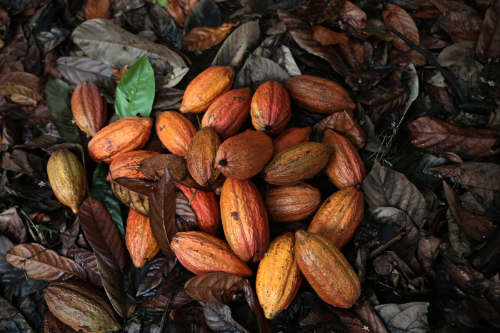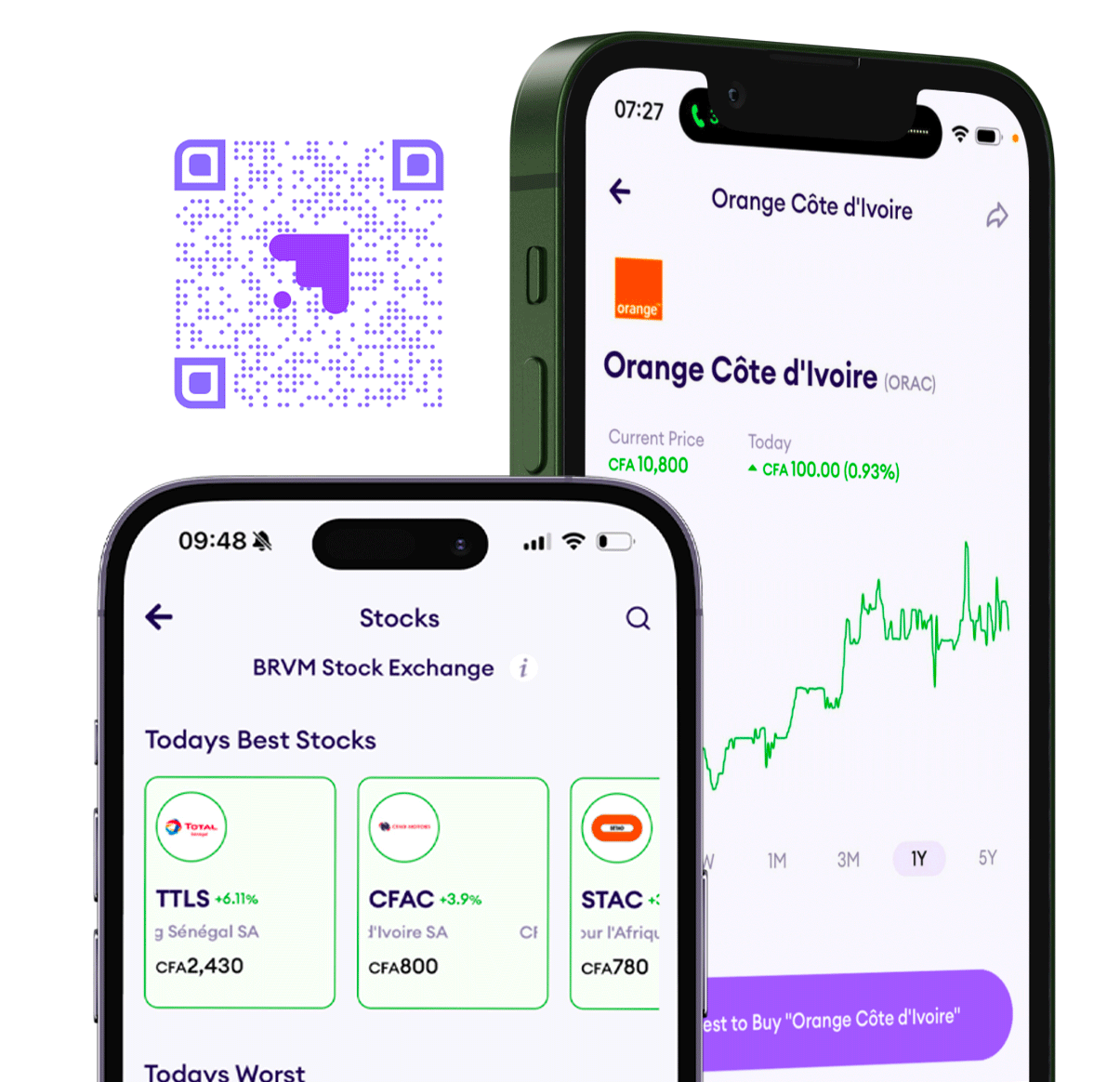Ivory Coast Lifts Cocoa Farmgate Price Amid Tight Mid-Crop Outlook

TLDR
- Ivory Coast, the world’s top cocoa producer, raised the farmgate price for its April-to-September mid-crop to 2,200 CFA francs ($3.62) per kilogram, or $3,620 per ton
- The price hike comes amid expectations of a smaller mid-crop due to dry Harmattan winds, which hurt flowering and tree health
- The price-setting mechanism used by Ivory Coast and neighboring Ghana is under scrutiny for limiting farmer earnings during a record-breaking global rally
Ivory Coast, the world’s top cocoa producer, raised the farmgate price for its April-to-September mid-crop to 2,200 CFA francs ($3.62) per kilogram, or $3,620 per ton, up from 1,800 CFA francs for the just-concluded main crop, Agriculture Minister Kobenan Kouassi Adjoumani said in Abidjan.
The price hike comes amid expectations of a smaller mid-crop due to dry Harmattan winds, which hurt flowering and tree health. The adjusted rate, while an improvement, remains well below global market prices, which reached $8,450 per ton last week and remain near historic highs.
The price-setting mechanism used by Ivory Coast and neighboring Ghana is under scrutiny for limiting farmer earnings during a record-breaking global rally. Both countries have stepped up measures to curb cross-border smuggling to markets in Liberia, Guinea, and Togo, where farmers often fetch higher prices. Ivory Coast’s mid-crop is primarily allocated to local grinders to support domestic processing. Rainfall in coming weeks could help salvage the latter part of the harvest.
Daba is Africa's leading investment platform for private and public markets. Download here
Key Takeaways
Ivory Coast’s mid-crop price increase reflects both rising market pressure and government efforts to stem farmer discontent and smuggling. Despite the hike, farmgate prices remain less than half of international rates, spotlighting the disconnect between global demand and local income. Years of low farmer compensation have discouraged investment in plantations, contributing to reduced yields and a worsening supply crunch. Combined, Ivory Coast and Ghana supply nearly 60% of global cocoa, making weather shocks and policy shifts in these markets critical to pricing dynamics. The Harmattan’s impact has already shrunk the mid-crop outlook, and while rains may boost yields later in the season, tight supply continues to underpin futures prices. Domestic processing remains a strategic priority, with mid-crop beans largely reserved for local grinders. However, with global cocoa prices still near historic highs, pressure is mounting on governments to further reform price-setting systems and support long-term sustainability in the sector.

Next Frontier
Stay up to date on major news and events in African markets. Delivered weekly.
Pulse54
UDeep-dives into what’s old and new in Africa’s investment landscape. Delivered twice monthly.
Events
Sign up to stay informed about our regular webinars, product launches, and exhibitions.




